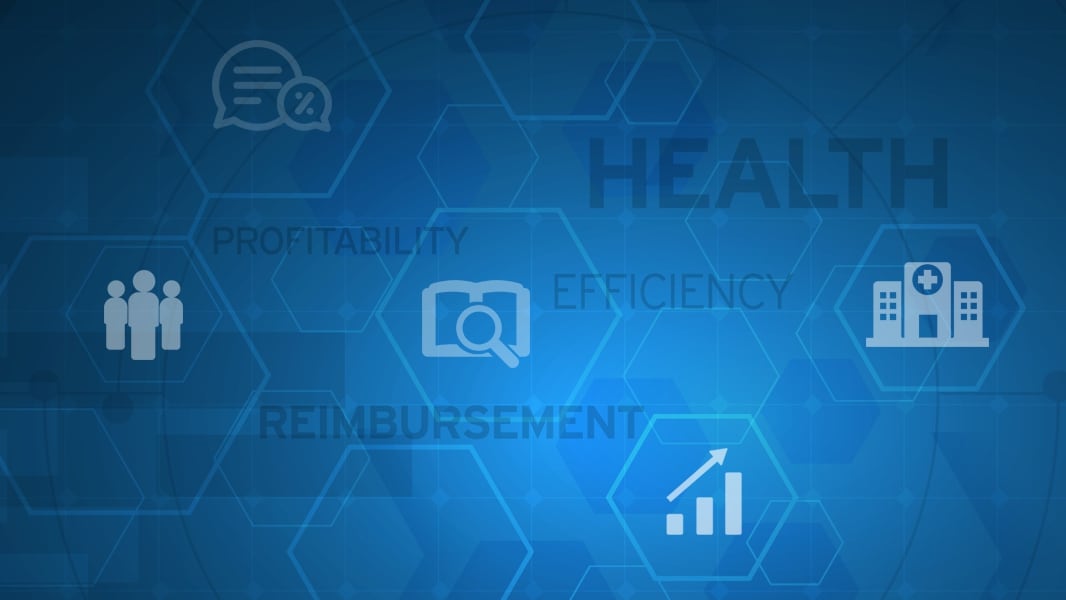A Healthcare Worker’s Guide to Hand Hygiene
Explore the key moments when healthcare workers must perform hand hygiene to prevent infections and improve patient safety. Learn essential practices for compliance.

Hand hygiene for healthcare workers is the single most critical practice1 for preventing the spread of healthcare-associated infections (HAIs). Healthcare workers may need to clean their hands up to 100 times during a 12-hour shift2, according to the Centers for Disease Control and Prevention (CDC). Yet, studies consistently show3 that hand hygiene is performed less than half as often as it should be, becoming a major contributor of HAIs.
Proper hand hygiene is the most effective way3 to prevent the spread of harmful pathogens between patients and healthcare workers. To clarify exactly when to perform hand hygiene in healthcare, global health organizations have identified key moments to ensure the highest standards of infection prevention are met.
5 Key Moments for Hand Hygiene in Healthcare
Healthcare workers must always perform hand hygiene before patient contact to prevent the transfer of harmful pathogens. This crucial step is the first line of defense in safeguarding patients and reducing the risk of HAIs, ensuring a safer environment for all.
- Before Touching a Patient
Healthcare workers must always perform hand hygiene before patient contact to prevent the transfer of pathogens. This is vital before any patient care activity. - Before Clean/Aseptic Procedures
Hand hygiene is crucial before every patient care procedure to stop the transfer of pathogens from the environment to the patient, especially before an aseptic task like placing or handling invasive medical devices. - After a Procedure or Body Fluid Exposure Risk
Healthcare workers should perform hand hygiene after completing any patient care that is invasive or has a risk of contamination due to exposure to blood or body fluids. - After Touching a Patient
Hand hygiene is important every time after touching a patient to protect oneself and the environment. This helps prevent the spread of germs to other patients and surfaces within the healthcare facility. - After Touching a Patient’s Surroundings
Anything around the patient is susceptible to contamination by microorganisms. Therefore, healthcare workers should perform hand hygiene after touching any item in and around the patient.
Adhering to these five moments is fundamental to patient safety. Explore how the Ecolab Hand Hygiene Program provides a comprehensive solution to support your team’s compliance efforts.
In busy healthcare settings with hundreds of patients, these hand hygiene moments occur constantly. To save time without compromising safety, alcohol-based hand sanitizers are effective for most situations—though hands should always be washed with soap and water when visibly soiled.
At Ecolab, we recognize that hand hygiene is one of the most critical defenses against HAIs. That’s why we offer a hand hygiene program for healthcare facilities to accurately monitor hand hygiene individually.
Our hand hygiene compliance monitoring systems delivers real-time insights and actionable guidance to improve hand hygiene performance, drive accountability, and support safer environments and protect what’s vital.
Footnotes
1 https://cdn.who.int/media/docs/default-source/patient-safety/patient-safety-solutions/ps-solution9-hand-hygiene.pdf?sfvrsn=72e362b9_6
2 https://blogs.cdc.gov/safehealthcare/clean-hands-count-to-keep-patients-safe-from-healthcare-associated-infections/
3 https://home.ecri.org/blogs/ecri-blog/hand-hygiene-fundamentals-to-prevent-hais



